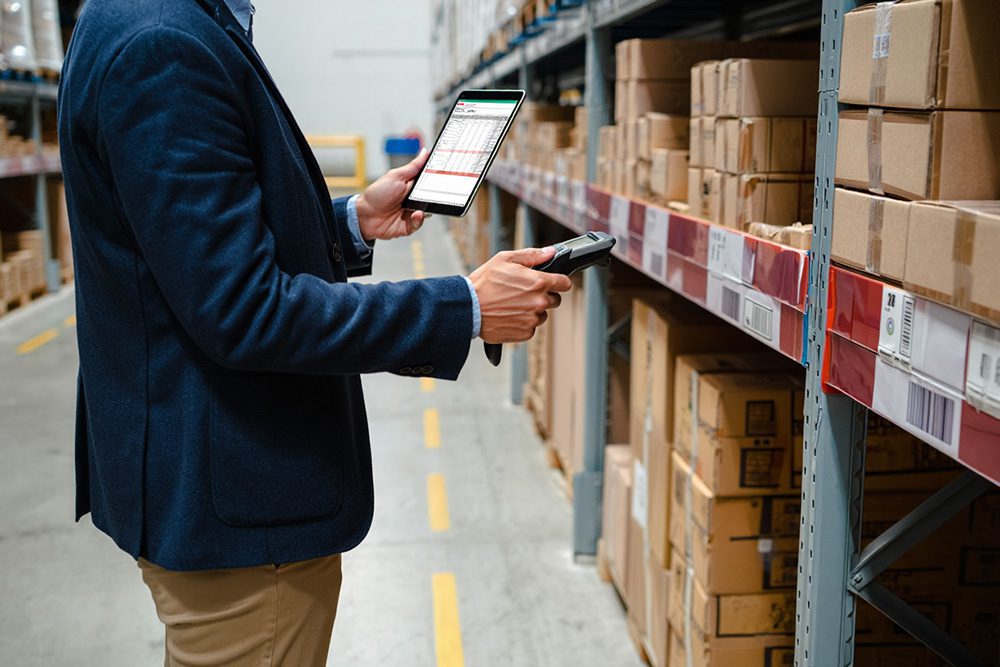Common Integration Challenges and Solutions
Data Migration Concerns
- ✓Create complete backups before migration
- ✓Test the integration with a small data set first
- ✓Maintain parallel systems temporarily during transition
- ✓Verify data integrity before fully switching over
Staff Resistance to Change
- ✓Involving staff in software selection decisions
- ✓Providing comprehensive training on new workflows
- ✓Highlighting how integration reduces their repetitive tasks
- ✓Celebrating early wins and time savings
Cost Justification
- ✓Reduced labor costs from automation
- ✓Eliminated error correction time
- ✓Improved decision-making from timely data
- ✓Reduced accounting and bookkeeping service costs
ROI Calculation Framework
To justify your integration investment, calculate potential savings:
Annual Time Savings: 130 hours × $25/hour = $3,250
Error Reduction: 20 errors monthly × 15 minutes × $25/hour = $1,250 annually
Faster Decision Making: Conservatively worth 2-5% revenue increase
Reduced Accounting Fees: $200-500 monthly savings on bookkeeping services
For many small businesses, these savings total $5,000-$15,000 annually, easily justifying integration software costs.
Why Choose TVI As Your Integration Partner?
When evaluating accounting software integration options, prioritize:
Compatibility: Ensure the software integrates seamlessly with your existing POS, e-commerce, and banking systems.
Scalability: Choose solutions that can grow with your business without requiring complete system changes.
Support Quality: Look for providers offering comprehensive training, ongoing support, and regular software updates.
Industry Expertise: Some software providers specialize in specific industries and understand unique accounting requirements.
Taking the First Step
The longest journey begins with a single step. Start your accounting integration journey by:
Documenting Current Processes: Track how much time you currently spend on manual accounting tasks
Identifying Pain Points: Note where errors commonly occur or where delays impact your business
Researching Solutions: Evaluate 2-3 integration options that fit your business model and budget
Requesting Demonstrations: See the software in action with your actual business scenarios
Common Integration Challenges and Solutions
Data Migration Concerns
- ✓Create complete backups before migration
- ✓Test the integration with a small data set first
- ✓Maintain parallel systems temporarily during transition
- ✓Verify data integrity before fully switching over
Staff Resistance to Change
- ✓Involving staff in software selection decisions
- ✓Providing comprehensive training on new workflows
- ✓Highlighting how integration reduces their repetitive tasks
- ✓Celebrating early wins and time savings
Cost Justification
- ✓Reduced labor costs from automation
- ✓Eliminated error correction time
- ✓Improved decision-making from timely data
- ✓Reduced accounting and bookkeeping service costs
ROI Calculation Framework
To justify your integration investment, calculate potential savings:
Annual Time Savings: 130 hours × $25/hour = $3,250
Error Reduction: 20 errors monthly × 15 minutes × $25/hour = $1,250 annually
Faster Decision Making: Conservatively worth 2-5% revenue increase
Reduced Accounting Fees: $200-500 monthly savings on bookkeeping services
For many small businesses, these savings total $5,000-$15,000 annually, easily justifying integration software costs.
Why Choose TVI As Your Integration Partner?
When evaluating accounting software integration options, prioritize:
Compatibility: Ensure the software integrates seamlessly with your existing POS, e-commerce, and banking systems.
Scalability: Choose solutions that can grow with your business without requiring complete system changes.
Support Quality: Look for providers offering comprehensive training, ongoing support, and regular software updates.
Industry Expertise: Some software providers specialize in specific industries and understand unique accounting requirements.
Taking the First Step
The longest journey begins with a single step. Start your accounting integration journey by:
Documenting Current Processes: Track how much time you currently spend on manual accounting tasks
Identifying Pain Points: Note where errors commonly occur or where delays impact your business
Researching Solutions: Evaluate 2-3 integration options that fit your business model and budget
Requesting Demonstrations: See the software in action with your actual business scenarios





